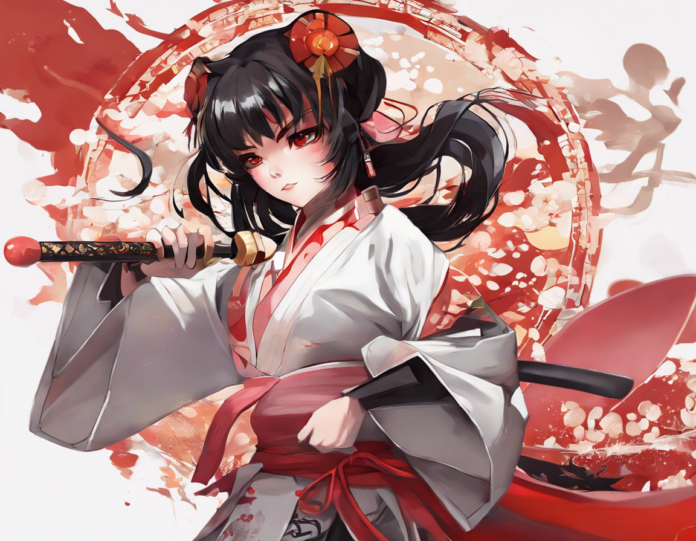Introduction
Kagura is a traditional Japanese dance form that holds immense cultural significance. Bachi, which translates to “drumstick” in Japanese, plays a crucial role in accompanying these vibrant performances. The harmonious blend of music, dance, and storytelling in Kagura mesmerizes audiences and transports them to a different realm. In this article, we delve into the captivating world of Kagura Bachi, exploring its history, significance, techniques, and influence on Japanese culture.
History of Kagura Bachi
Kagura has roots in ancient Japanese rituals and performances dedicated to deities, seeking blessings for good harvests, protection from evil spirits, and prosperity for the community. The word “Kagura” itself means “music for the gods,” highlighting its sacred origins. Over centuries, Kagura evolved from simple rituals to elaborate theatrical performances, combining music, dance, drama, and costumes to create a mesmerizing spectacle.
Significance of Bachi in Kagura
Bachi, the drumsticks used in Kagura performances, are not just tools for creating rhythmic beats; they are extensions of the performer’s emotions and expressions. Each strike of the drum resonates with the energy and passion of the dancer, complementing the choreography and music to convey the narrative of the performance. The Bachi is intricately woven into the fabric of Kagura, ensuring that every movement and sound is synchronized to create a seamless and enchanting experience for the audience.
Techniques of Playing Kagura Bachi
Playing Kagura Bachi requires a unique blend of skill, precision, and artistry. The drummer must master various techniques to evoke different emotions and moods during the performance. Some key techniques include:
- Tsuke: Striking the drum with the Bachi to create a sharp, percussive sound.
- Don: A powerful strike on the drum to emphasize key moments in the performance.
- Suri: Sliding the Bachi across the drumhead to produce a smooth, continuous sound.
- Kara: Tapping the rim of the drum for a muted, rhythmic effect.
- Ketsu: Striking the body of the drum for a deep, resonant tone.
Influence of Kagura Bachi on Japanese Culture
Kagura Bachi embodies the essence of Japanese cultural heritage, reflecting the traditions, beliefs, and values of the Japanese people. The rhythmic beats of the Bachi echo through centuries of history, connecting the present with the past and ensuring that age-old customs are preserved for future generations. Kagura performances, with their vibrant costumes, dynamic movements, and evocative music, continue to captivate audiences worldwide and serve as a testament to the enduring legacy of Japanese artistic expression.
FAQs about Kagura Bachi
- What is the origin of Kagura Bachi?
-
Kagura Bachi originated in ancient Japanese rituals dedicated to gods and deities, evolving over time into a form of theatrical performance.
-
What role does Bachi play in Kagura performances?
-
Bachi is the drumstick used in Kagura performances, serving as a tool for creating rhythmic beats and expressing the emotions of the dancer.
-
How is Kagura Bachi different from other forms of traditional Japanese dance?
-
Kagura Bachi combines music, dance, and drama in a unique way, incorporating storytelling and theatrical elements into the performance.
-
What are some popular Kagura Bachi techniques?
-
Popular Kagura Bachi techniques include Tsuke, Don, Suri, Kara, and Ketsu, each serving a specific purpose in creating the desired sound and effect.
-
How has Kagura Bachi influenced modern Japanese culture?
- Kagura Bachi continues to be an integral part of Japanese cultural performances, preserving ancient traditions and captivating audiences with its timeless appeal.
Conclusion
Kagura Bachi remains a vibrant and cherished art form that embodies the rich cultural heritage of Japan. By blending music, dance, and storytelling, Kagura performances transport audiences to a world of divine beauty and captivating rhythms. The rhythmic beats of the Bachi resonate with the spirit of the performers, creating a timeless connection between the past, present, and future of Japanese artistic expression. As the legacy of Kagura Bachi continues to thrive, it serves as a testament to the enduring power of tradition and creativity in shaping the cultural landscape of Japan and beyond.


Recent comments